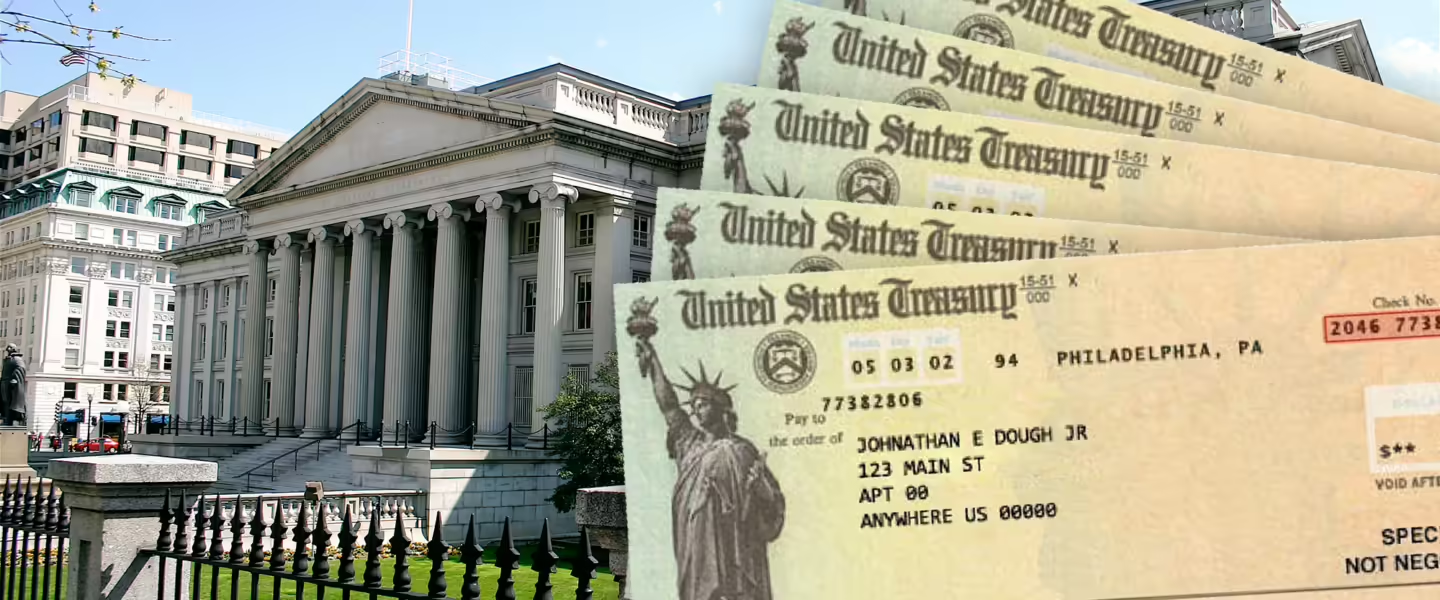According to a first-of-its-kind estimate, the federal government is losing hundreds of billions of dollars to fraud annually.
|
Listen To This Story
|
The US government is losing hundreds of billions of dollars to fraud each year, according to Government Accountability Office (GAO) estimates released on Tuesday.
While it is impossible to put an exact figure on how much fraud is costing taxpayers, the GAO, which is often referred to as the “congressional watchdog,” believes it was somewhere between $233 billion and $521 billion annually between 2018 through 2022.
In other words, if the GAO is correct, somewhere between 3 percent to 7 percent of the total US budget is lost to fraud.
These figures are based on investigative data, the semiannual reports from various Offices of Inspector General, and confirmed fraud data.
In the first-of-its-kind report, the GAO noted that its estimates are subject to various uncertainties. For example, they include pandemic-related fraud, which should be less of an issue now. However, the findings are consistent with other studies on national fraud losses, such as one conducted in the United Kingdom.
Finally, the watchdog agency pointed out that the results of its investigation are not meant to suggest that the levels of fraud will remain the same going forward.
“GAO’s estimate is not based on a predictive model,” the report stated. “Factors such as the amount of emergency spending, the effectiveness of federal fraud risk management, and the nature of new fraud threats could substantially impact the scale of future fraud.”
The report is meant to help federal officials reduce the money lost to fraud, for example through oversight prioritization or better understanding the cost-benefit of combating fraud.
“While it is not possible to eliminate fraud, with a better understanding of the costs, agencies will be better positioned to manage the risk,” the GAO said.
While the watchdog agency did not make recommendations on how better to combat fraud, it did offer suggestions on how the calculation of losses can be improved going forward.
First, it called on the Office of Management and Budget (OMB) to work with other federal agencies to develop guidance on how the various Offices of Inspector General could better collect data to support future fraud estimates.
The Government Accountability Office also called on the secretary of the Treasury to work with OMB to come up with efforts to expand the US government’s fraud estimation.
First and foremost, such an effort should prioritize areas more likely subject to fraud.
In response to reviewing a draft of the report, the Biden administration took issue with some of its findings, especially the fraud figures it identified.
The Office of Management and Budget “questioned the plausibility of our estimate,” the GAO stated.
The watchdog agency also noted that the OMB questioned whether the predictive model the GAO used, and not analyzing the estimated losses of individual agencies, was an effective way to calculate how much the government is losing to fraud.




